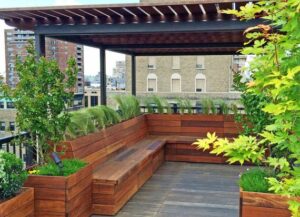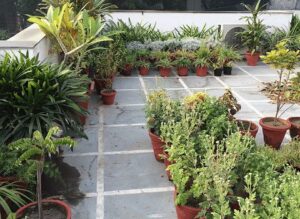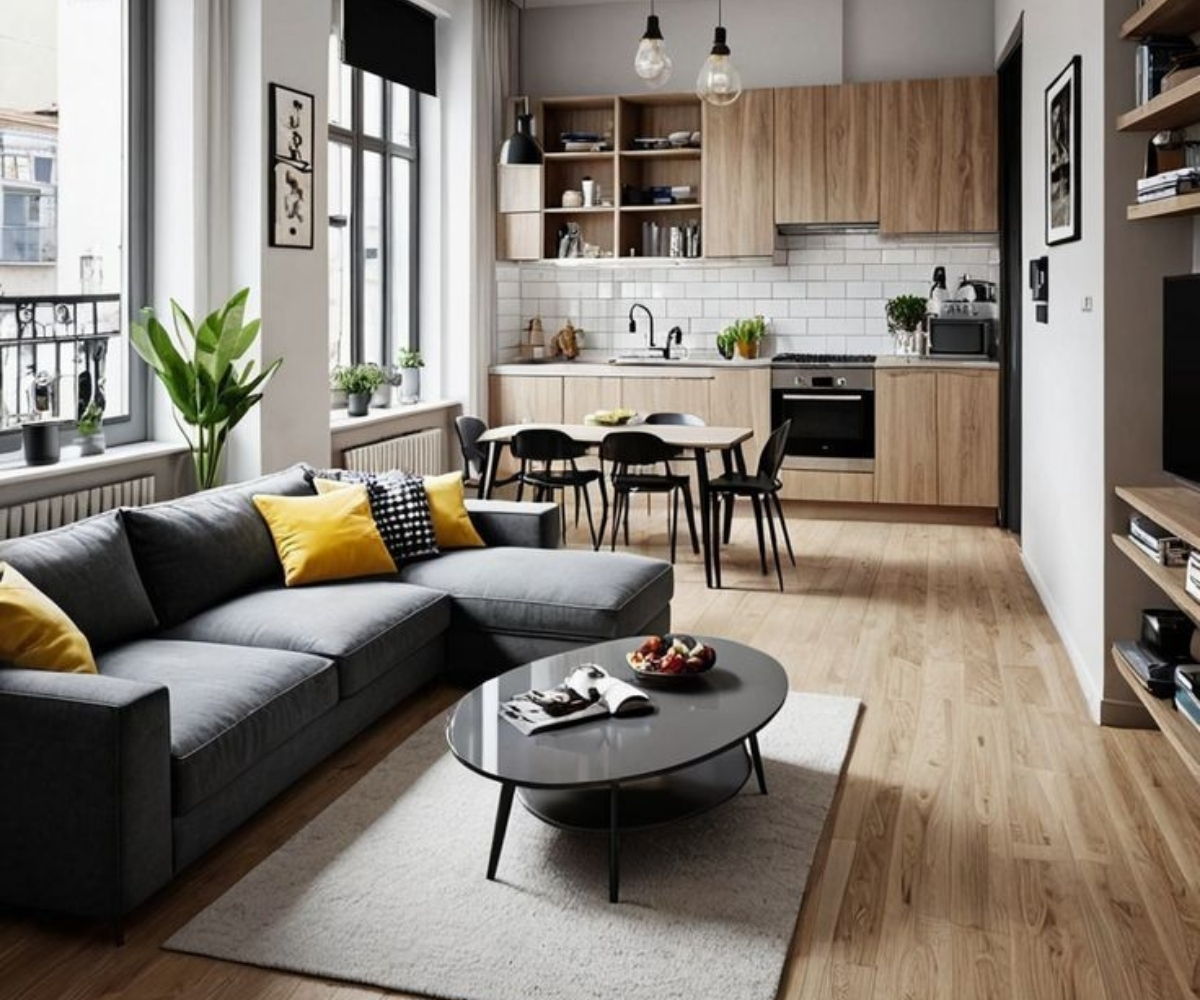Terrace Gardening: Benefits, Challenges, and Setup Costs
With cities becoming more crowded and green spaces shrinking, terrace gardening has emerged as a smart and sustainable solution for urban homes. Whether it’s for growing fresh vegetables or creating a serene green corner, terrace gardens are gaining popularity across India. This blog covers everything you need to know — from the reasons to adopt it to the setup and potential downsides.

What is Terrace Gardening?
Terrace gardening involves growing plants on a building’s rooftop or terrace instead of the ground. In urban areas where space is limited, this practice provides a practical and aesthetic way to incorporate greenery into your home. You can grow everything from ornamental flowers to fruits, vegetables, herbs, and even medicinal plants depending on your space and needs.
Why Consider a Terrace Garden?
“It protects your home, health, and finances.”
With rising vegetable costs and increasing concerns over chemical-laced produce, a terrace garden is a step toward self-sufficiency. Here’s why more people are embracing this idea:
- Access to fresh, organic, pesticide-free produce
- Natural cooling effect for the building
- Efficient use of rainwater
- Promotes mental wellness and reduces stress
- Helps lower pollution levels
- Space for growing herbs and medicinal plants
- Enhances the visual appeal of your home
- Reduces dependency on markets during emergencies like lockdowns

How to Plan and Maintain a Terrace Garden
Start with a well-thought-out layout. Consider:
- The available space on your terrace
- The number and types of plants you want to grow
- Sunlight and shade distribution
- How you plan to organize the layout
Once you have your layout ready, you can gather your materials: pots, grow bags, containers, compost, and seeds or saplings. For watering, you can choose between manual watering and installing a drip irrigation or sprinkler system.
If you’re unsure about the design or need help setting up, you can consult local terrace garden experts or gardeners who offer setup and maintenance services.

Factors That Influence the Cost of Terrace Gardening
The cost of creating a terrace garden can vary depending on several key elements:
- Plant Type: The choice of fruits, vegetables, flowers, or herbs impacts cost.
- Containers: Whether you use clay pots, grow bags, plastic bins, or recycled containers.
- Watering System: Manual watering is cheaper; automated systems add to the cost.
- Terrace Surface Condition: Older terraces may require waterproofing and structural checks before installation.
- Accessories: Green netting, fencing, plant support structures, and lighting may also affect the budget.
On average, you can expect a per-square-foot cost, which varies depending on materials, labour, and the garden’s complexity.

Are There Any Disadvantages?
While the advantages far outweigh the disadvantages, it’s worth being aware of a few challenges:
- Waterproofing is essential to prevent seepage and leakage into the building
- Drainage design is important; flat terraces with no slope may accumulate water
- High wind exposure can affect delicate plants and may require protective measures
- Maintenance effort is needed to clean fallen leaves and manage plant health
- Pest control may become necessary, as rooftop gardens are not immune to insects

Final Thoughts
Terrace gardening is a smart investment in your lifestyle and environment. With proper planning and maintenance, it can be a long-term source of joy, wellness, and sustainability. Whether you’re growing your own food or simply creating a personal green space, a terrace garden transforms unused space into something meaningful and beneficial.





